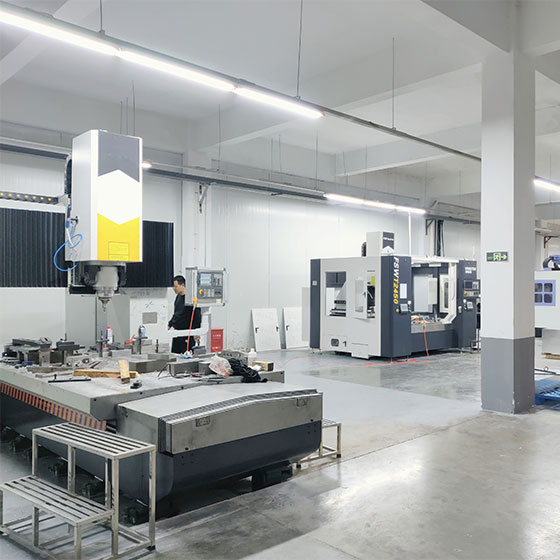Friction stir welding is a method of joining metal or metal alloy parts at joints that uses the thermal friction created by rotating tools to weld the different parts. Since the metal does not melt during friction stir welding, it is called a solid state joining process. FSW friction stir welding is a relatively new technology, invented by Wayne Thomas in 1991.
In friction stir welding, a cylindrical tool with a probe (called a nib or pin) is extended to the joint between two metal or metal alloy plates. The cylindrical tool is then rotated at a constant lateral velocity, building friction until the heat and pressure of the tool begins to exert sufficient weld strength to wear the metal down to where the part is welded. The metal is plasticized and softened by this heat, and the rotary tool mixes the softened metal into a complete weld. With this level of friction achieved, the tool moves steadily along the joint, welding the fracture into one continuous part.
The joints must be securely connected for friction stir welding to work properly, so the plates or plates must be butted together securely through the use of clamps and support rods. Undue deformation may be the result of insufficient metal side connections. It is also important to ensure that the welding tool moves in the path of tool rotation. The rotation speed is usually between 200-2000 r/min, while the pin speed is usually 10 to 500 mm per minute. Note that while these speeds are common, slower or faster speeds are not unknown in friction stir welding processes.

The rotational motion of the pin can be described as softening or plasticizing of the metal substrate, but what actually occurs is a microstructural modification of the metal. The heat from rotational friction recrystallizes the plasticized metal, a process that disrupts the solid structure of the metal at the molecular level, and then spins or mixes them to form different crystal structures. Due to the direction of traversing the tool, the weld exhibits a fine-grained bevel, which is usually, but not always, defect-free.
While the results of friction stir welding are similar to standard thermal welding, the process and mechanics vary widely. In fact, friction stir welding is more similar to the milling process than to traditional welding techniques. Many manufacturers feel that the tool needs to be made of a stronger metal than the weld metal, but others feel that the metal can be similar, especially since different non-ferrous metals can be successfully FSW.
Cheeven, as top of friction stir welding suppliers, provides friction stir welding services and high-quality FSW products.